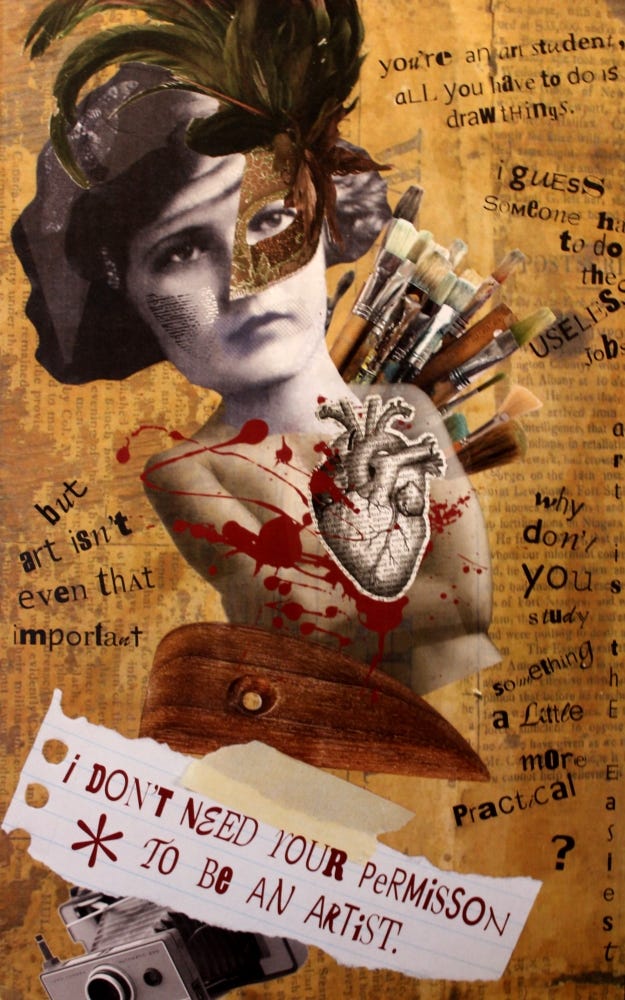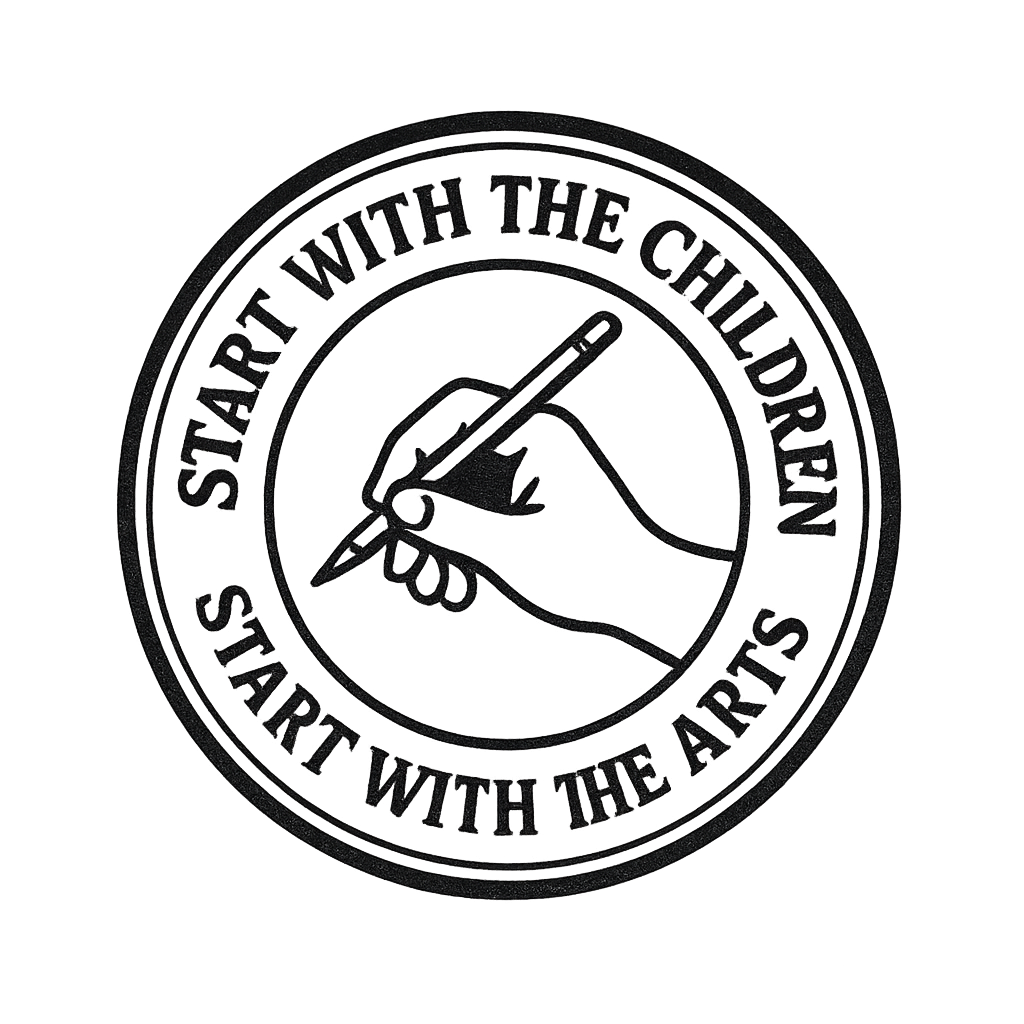Launching the School for Creative Educators
#CreativeFreedomAct #CultureShiftAct #CreativeSocietyAct
Vision Document:
Launching the School for Creative Educators
1. Purpose and Vision
The School for Creative Educators exists to train a new generation of teachers who can lead an arts-based, whole-brain model of education. These educators will not simply teach subjects; they will design learning experiences that cultivate focus, integration, and social connection—skills our society urgently needs in the age of AI.
The vision is to replace the industrial classroom mindset with a studio, theater, and lab approach, where every teacher is also an active artist, and every subject is infused with creative practice.
2. Core Objectives
Rebuild teacher preparation so it prioritizes creativity, collaboration, and emotional intelligence.
Integrate the arts across the curriculum to develop sustained attention, integrative thinking, and social cohesion.
Model lifelong creative practice by training teachers to remain active in their own art form.
Equip educators to use AI and technology as creative tools while preserving human authorship and meaning.
Embed schools in their communities through partnerships with local artists, cultural groups, and civic organizations.
3. Partnership Structure
Primary Host Institution:
Partner with a university or teacher training college to grant certification and/or graduate credits.
Co-locate with a major arts center, theater, or cultural hub to ensure immersion in a creative environment.
Core Partners:
Local and regional school districts (providing student teaching placements and pathways for graduate employment).
Artist collectives, galleries, music venues, and makerspaces (for mentorship, workshops, and public showcases).
Technology and AI labs (to integrate emerging tools into creative projects).
4. Pilot Locations
Criteria for Selection:
Strong arts infrastructure (museums, theaters, music schools, community arts organizations).
Willing school districts open to curriculum innovation.
Access to diverse cultural communities for authentic integration.
Possible First Cities:
Santa Fe, NM – Known for its arts-rich community and cultural diversity.
Austin, TX – Vibrant arts scene and growing education innovation sector.
Portland, OR – Established maker and creative communities.
Asheville, NC – Strong craft, folk, and performing arts traditions.
5. Program Timeline (Three-Year Rollout)
Year 1 – Pilot Cohort
Launch with 15–20 teacher-trainees.
Operate as a residency program within a partner arts center.
Partner with 2–3 local schools to run experimental arts-integrated projects with students.
First public showcase of trainee-led projects.
Year 2 – Expansion and Research
Increase to 30–35 trainees.
Publish research on learning outcomes: attention span, collaboration, retention, and student engagement.
Begin outreach to additional school districts.
Year 3 – Replication Model
Train a second wave of “mentor teachers” from the first two cohorts to open additional hubs in new cities.
Create a digital resource library of arts-integrated lesson plans and project blueprints accessible worldwide.
6. Funding Sources
Initial Funding:
National Endowment for the Arts and similar cultural grants.
Education innovation grants (e.g., U.S. Department of Education’s Arts in Education program).
Philanthropic foundations focused on creativity, education, and community cohesion.
Ongoing Support:
Tuition from trainees (subsidized by fellowships and scholarships).
Corporate sponsorship from creative industry companies (music, film, design, tech).
Revenue from public events, exhibitions, and performances.
7. Key Outcomes
Within three years, the School for Creative Educators aims to:
Produce 100+ teachers trained in arts-integrated methods.
Impact 10,000+ students in pilot communities.
Publish a replicable model for arts-based teacher training that can be adopted nationally and internationally.
8. Cultural Impact Statement
The School for Creative Educators will not simply train better teachers—it will seed a cultural shift. Each graduate will become a creative center of gravity in their school, pulling colleagues and students toward deeper focus, richer integration, and stronger community bonds. Over time, this network of educators will act as a living antidote to the fragmentation, disconnection, and shallow learning that define the current educational landscape.
Start with the children. Start with the arts.
Myself, I am a parent, grandparent, studio artist and a citizen. My job and my duty is to start the conversation and seed the imagination. It is up to others in the right places to nurture it into a reality. We all have a part to play. What’s your part? Do it.
Hashtags to use: #CreativeFreedomAct #CultureShiftAct #CreativeSocietyAct
web address: https://www.touchonian.com/s/creative-freedom-act





very cool. i live in Portland, Or, would love to see how this unfolds